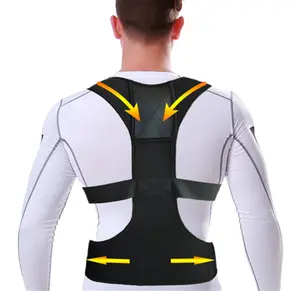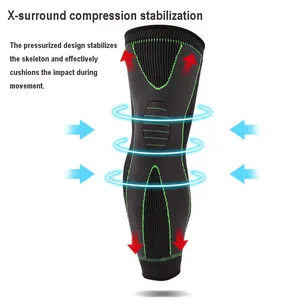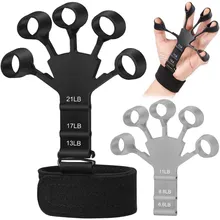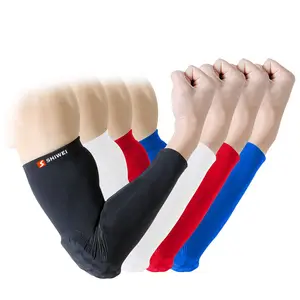The blending of rehabilitation and sports medicine is a reflection of the evolving approach in the physical wellness and injury management fields. The application of these merged fields is evident in professional sports, recreational activities, and even in everyday fitness regimes. In light of these circumstances, a versatile tool has emerged in these areas: the arm brace. Its history dates back to a time when such supports were rudimentary but essential for injury recovery. Today, beyond the traditional arm support brace, innovations have led to specific types, such as the arm brace for tennis elbow and the forearm tendonitis brace.
What is an arm brace?
An arm brace, often termed an arm splint, is a specialized medical apparatus designed for the immobilization, stabilization, or support of the arm for multiple conditions, including injuries, chronic ailments, or post-surgical scenarios. Keeping the arm at the appropriate angle and distance from the body is vital in rehabilitation to ensure optimal healing. In cases like tendonitis or tennis elbow, specialized versions such as the arm brace for tendonitis or the forearm brace for tennis elbow are employed. These braces normally are able to fit snugly yet remain comfortable enough, designed to provide the right amount of pressure without impeding blood flow, and are pivotal in modern orthopedic and rehabilitative practices.
Why do people use arm braces?
Arm braces are commonly utilized for managing chronic discomfort or injuries in the hands, wrists, and elbows. Healthcare professionals often suggest them for individuals suffering from tendonitis or those who engage in repetitive activities. In the meantime, they are also beneficial for a variety of shoulder and arm conditions, such as dislocations, tennis elbow, fractures, tendon injuries, ligament injuries, and sprains. In cases involving forearm pain, a forearm brace or a specific version for tennis elbow can be effective in minimizing tension on injured tendons and facilitating healing. Overall, the support of an arm brace is valuable not only for recovery but also for enhancing performance during physical activities.
How long must one wear an arm brace?
The duration of wearing an arm brace varies depending on the individual's condition and the type of brace used. For example, it may be worn indefinitely in cases where it is used to manage chronic pain or to prevent injuries related to repetitive motions in the hands, wrist, and elbows. Meanwhile, for specific conditions like tendonitis, an arm brace specialized for tendonitis may be recommended during active hours, such as work or sports, for a period of up to six weeks. In short, whether it is an arm brace for a broken arm or for other sports injuries, the key is to adhere to the recommended duration and guidelines to achieve optimal benefits from the brace.












































 浙公网安备 33010002000092号
浙公网安备 33010002000092号 浙B2-20120091-4
浙B2-20120091-4